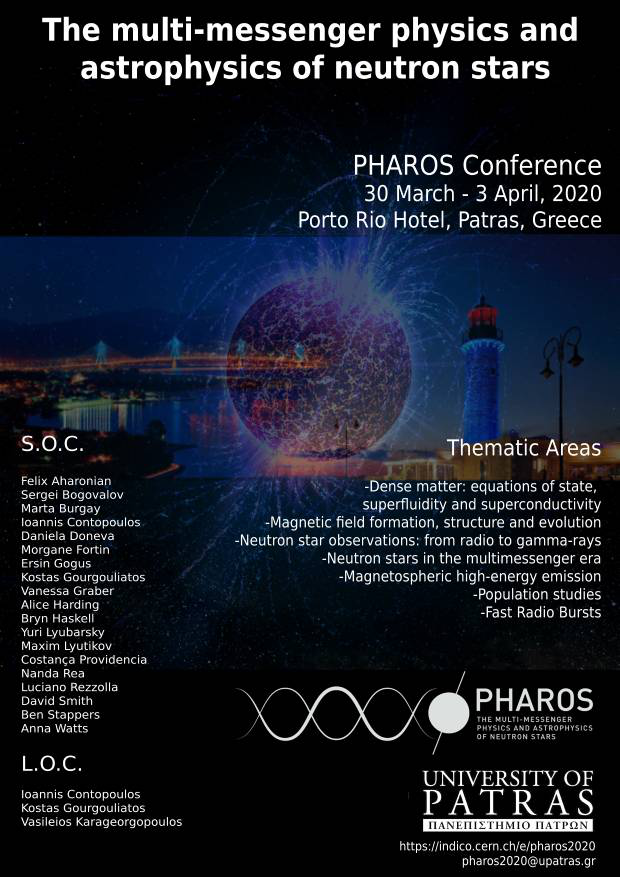Speaker
Description
Type I X-ray bursts are thermonuclear explosions that can last from seconds to minutes. These bursts occur in low mass X-ray binaries (LMXB) in which the accretor is a neutron star. Thus, the detection of such transients allows the identification of the accretor in an LMXB.
Currently, 112 galactic type I X-ray bursters are known. However, only two X-ray bursters have been observed in M31, our closest neighbour. A 1.2 s and a 3 s X-ray pulsars have been identified in M31. Although radio pulsar searches have been carried out in this same region, no candidates have been confirmed. These sources add up to a total of four known neutron stars in M31. Since this galaxy is more massive than our own, more than these four must clearly exist.
XMM-Newton has produced one of the largest X-ray catalogs to date, in which the variability of sufficiently bright sources is automatically studied through their fractional variability and $\chi^2$ tests. However, these methods require a minimum number of counts to be reliable and thus short transients cannot be detected by the same means. Examples of such transients are extragalactic type-I X-ray bursts.
In order to automatically search XMM-Newton data for these short and faint transients, we have developed EXOD, the EPIC-pn XMM-Newton Outburst Detector. It computes the variability of the whole field of view and then applies an imaging technique to detect variable sources.
I will present how, by applying EXOD to every archival observation of M31 in XMM-Newton's catalogue, we have detected three new extragalactic type I X-ray bursters, and thus significantly increased the population of known neutron stars in M31.

